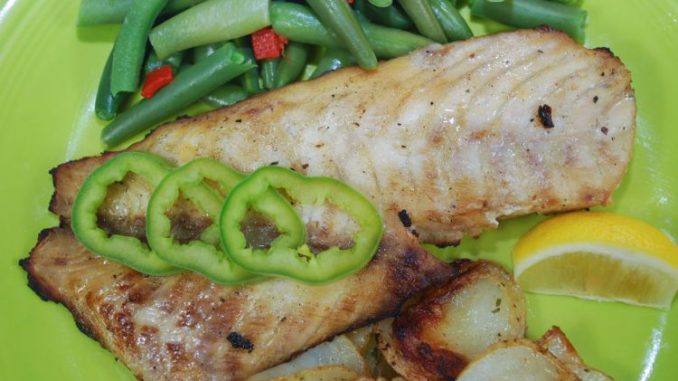
Having spent a lifetime eating my way across the watery landscape of Louisiana, I’ve eaten a lot of fish that were delectable, a few fish that were really close to inedible and quite a few fish that were good if you knew what you were doing in the kitchen — and bad if you didn’t.
The gaspergou is in the latter category.
It is a certified member of the drum family, which includes such excellent food fish as speckled trout, black drum, redfish and croaker.
All of these saltwater cousins of the gou have flesh that is lean and more or less tender. All lend themselves well to frying, Louisianan’s favorite technique for cooking fish.
But the gou is an oddball. Its flesh is firm, almost tough — similar to a steak. And as for frying, that’s out. The flesh is so oily that any breading applied simply slips off the fillet while it is being cooked. The oiliness of the flesh also gives the fish a strong taste when fried.
Historically, the fish was a favorite for use in preparation of courtbouillons. Because of its texture the flesh resisted falling apart, and its oiliness was unnoticeable in the strong red gravy of the dish.
But there is another cooking technique in which the gaspergou is not just acceptable, it is superb — grilling. Most fish are poor candidates for the grill unless the skin is left on to hold the fillet together, or they are cooked in a wire basket. Their flesh is simply too tender.
Also, most fish, with a few exceptions such as pompano and tuna, are so lean that they can only be grilled when slathered with butter or olive oil while cooking.
We were shocked when we first experimented with gaspergou on the grill at our hunting and fishing camp in the Atchafalaya Basin. Its firm flesh meant that skinless fillets could be flipped with tongs like a beef steak, and besides what was left of the marinade on the fish, it never needed basting.
Best of all, it was delicious off the grill.
Preparation is simple. After filleting, the fillet should be put in a container or plastic bag for marinating. For a half-gallon of fillets, add a half cup of Italian salad dressing and a tablespoon of liquid smoke. Stow the fillets overnight (they may be kept in the marinade up to two days) in a refrigerator.
To cook, simply remove them from the marinade and grill until the flesh is white through and through. No salt and pepper is needed.